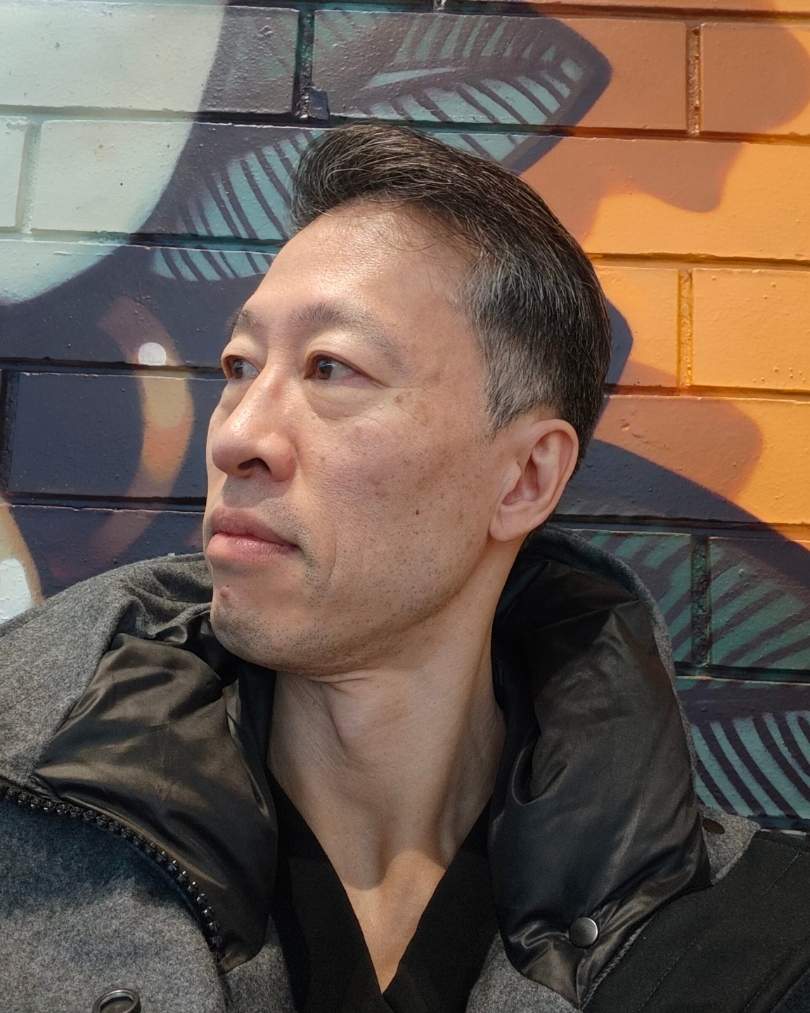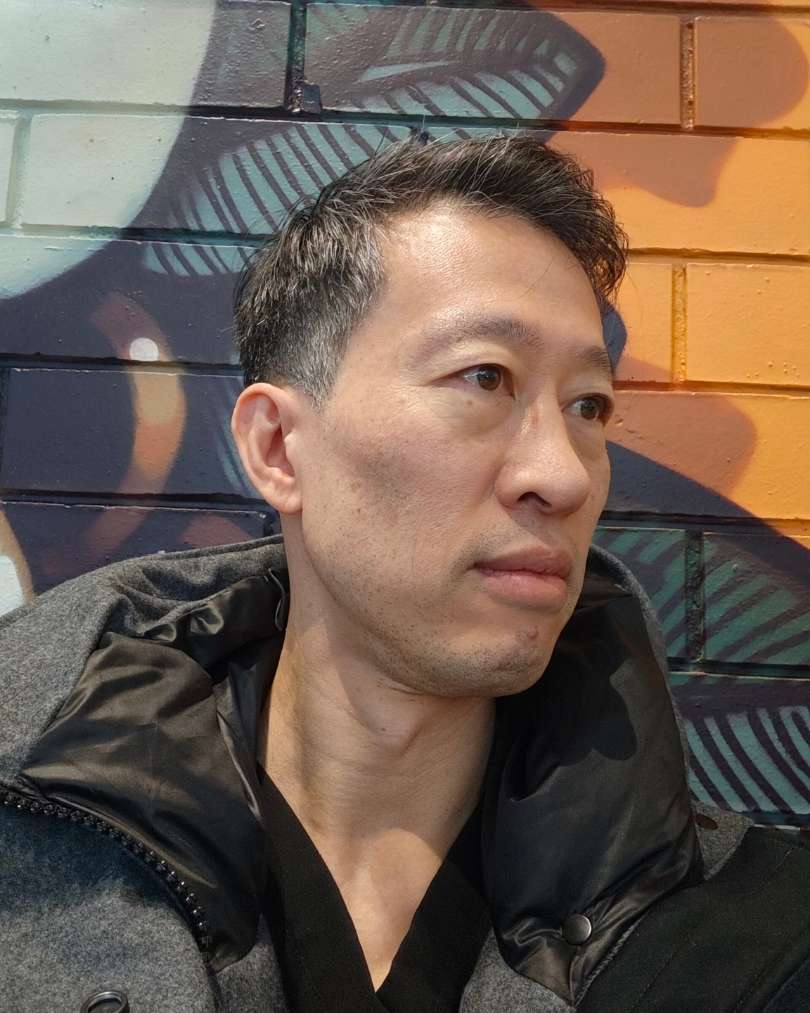What If Your Next Cosmetic Consultation Was Done by AI—And It Knew Exactly What to Recommend for Your Face?
When the AI Looks at You
Let me take you behind the scenes of a little experiment I ran.
I uploaded three unfiltered selfies—just basic shots from different angles—into ChatGPT. No clinical context. No explanation. Just a face, fed into a machine.



Seconds later, the screen lit up with an analysis:
- Facial Symmetry
Mild mid-face asymmetry. Completely normal. No treatment needed unless specifically requested. - Jawline & Chin
Strong bone structure with early soft tissue descent—suggestive of minor jowling. Consider RF microneedling or dermal filler for contour enhancement. - Periorbital Area
Mild tear trough hollowing. Conservative under-eye filler might help. No significant puffiness or discoloration. - Skin Texture & Tone
Healthy skin overall, with some lateral cheek pigmentation. Light resurfacing could improve clarity and radiance. - Forehead & Glabella
Minimal static lines. Preventative neuromodulator optional. - Estimated Age: 43–46
Based on volume distribution, elasticity, and facial dynamics.
I hadn’t spoken a word.
And yet somehow, it already “knew” what to recommend.
Efficient? Definitely.
Accurate? Surprisingly so.
But also… a little unsettling.
Because in that moment, I was no longer a person. I was data.
The Promise of AI in Cosmetic Medicine
Cosmetic medicine has always lived at the intersection of art and science. Now, AI promises to amplify both.
It can enhance the scientific side by offering precise, data-driven insights—analysing symmetry, tracking skin changes, and recommending evidence-based treatments. And it can elevate the artistic side by helping simulate visual outcomes, refine proportions, and support aesthetic decision-making. In other words, AI doesn’t replace the human touch—it sharpens it.
With enough training data, AI can do remarkable things:
-
Detect subtle asymmetries and ageing patterns we may overlook
-
Simulate how treatments might look
-
Track facial changes over time
-
Recommend individualised treatment pathways
-
Improve consistency in procedures—like standardising botulinum toxin dosing based on facial movement and structure
For patients, this could mean faster consultations, clearer options, and greater predictability.
For practitioners, it opens the door to better diagnostics, broader insight, and less time on documentation.
We might be standing at the edge of a new era—one of precision aesthetics powered by machine intelligence.
But Then Comes the Unease
Here’s the catch: technology is not neutral.
Most AI systems are trained on datasets that aren’t particularly diverse. That means Eurocentric features, lighter skin tones, and specific beauty ideals often become coded into the algorithm.
⚠️ The Bias Beneath the Code
AI learns from data. If that data mostly comes from white, Western, affluent populations, it will reflect—and reinforce—that perspective.
This leads to:
- Lighter skin tones being prioritised in simulations
- Eurocentric features appearing as the default for “normal” or “beautiful”
- Underrepresentation of non-Western faces, tones, and structures
The result? AI that misdiagnoses, misrepresents, or completely overlooks the uniqueness of people with diverse backgrounds.
It’s not just about being “left out.” It’s about being measured against standards that were never made for you.
And beyond that lie deeper ethical concerns:
- Are patients being gently guided – or subtly manipulated?
- Are enhancements being recommended where none were requested?
- Are we consenting to a machine’s idea of beauty without even knowing it?
✅ What AI Can (and Should) Do in Cosmetic Medicine
1. Objective Facial Analysis
AI can help assess:
- Wrinkles, pigmentation, texture, pores
- Symmetry, volume loss, ptosis
- Static vs dynamic lines
Tools like VISIA and Vectra 3D already integrate AI to support clinical judgment.
2. Treatment Suggestions (Advisory Only)
AI can:
- Recommend general treatment types (e.g., laser, neuromodulators)
- Simulate outcomes to help patients visualise change
- Aid triage and education, especially in busy practices
3. Clinical Decision Support
AI can:
- Suggest options based on age, skin type, medical history
- Assist with documenting summaries, follow-up plans, and treatment notes
- Save time—without replacing clinician insight
🚫 What AI Can’t Replace In The Cosmetic Industry (Yet)
1. Privacy and Consent
In Australia, using identifiable patient images in cloud-based AI systems like ChatGPT could breach the Privacy Act 1988 unless:
- Explicit informed consent is obtained
- The system complies with ISO 27001, HIPAA, and Australian Privacy Principles
- Data is processed securely and locally
2. Medical Accountability
AI isn’t a doctor. It’s not registered. It can’t carry professional responsibility or be held to legal and ethical standards.
3. Bias and Limitations
- May misinterpret non-Caucasian skin tones
- May miss cultural aesthetic goals
- Often ignores psychosocial factors like anxiety or body image issues
It may also recommend treatments based on patterns—not practice. For instance, when I uploaded my own photos, the AI suggested tear trough filler. While technically “correct” based on visible hollowness, it missed a critical layer: I don’t endorse tear trough filler in my practice.
Why? Because in my experience, the complication rate is too high, especially in patients with thin skin or lymphatic issues. AI doesn’t know that. It doesn’t factor in your clinical philosophy, your past patient outcomes, or your threshold for risk.
That’s the danger of blindly following algorithmic advice—it’s often devoid of nuance, values, or lived experience.
4. Lack of Human Context
AI doesn’t read hesitation, emotion, or pressure from others. It can’t recognise:
- Unrealistic expectations
- Body dysmorphic disorder
- Underlying emotional motivations
⚖️ So What Makes AI Use Ethical in Cosmetic Medicine?
When used thoughtfully, AI can be a powerful ally. Ethical use means applying it to enhance patient care, not replace it.
For instance, using AI tools like Heidi AI to support transcription means I can remain fully focused on the patient—not the computer screen. Facial analysis platforms like VISIA or Vectra can provide objective data that helps guide treatment decisions—but they are just that: tools.
Ethical AI use is grounded in transparency and consent. Patients should always understand how AI is being used and have a choice in the process. Data must be handled securely and within the bounds of privacy law.
On the flip side, unethical AI use crosses boundaries. It means uploading patient images without proper consent. It means allowing AI to make specific treatment recommendations without clinician oversight. It means pushing patients toward procedures they didn’t ask for—based on a machine’s biased idea of perfection.
Worse still, it can reduce the patient experience to a checklist, replacing human connection with cold automation.
Used correctly, AI enhances what we do. Used carelessly, it undermines trust.
Where AI Fits In My Practice Right Now
Let’s be clear—I don’t use AI to diagnose or analyse patient faces. Not yet.
Under current laws, that could violate privacy obligations.
But I do use AI—ethically.
With tools like Heidi AI, I’m able to stay fully present during consultations.
It allows me to focus on the patient—not on typing notes.
It listens, transcribes, and organises everything in the background, often picking up details I might have missed. Then, with a few clicks, it generates treatment summaries, drafts letters, and organises follow-up plans in seconds.
What used to take 20–30 minutes now takes a fraction of the time—freeing me to do what matters most: connect with my patients.
Because while AI can accelerate admin, it can’t replace empathy. And it can’t build trust.
What the Future Might Hold
Imagine AI integrated seamlessly with your EMR (electronic medical records):
- It remembers every consultation, treatment, and result
- It tracks how your face changes over time
- It adapts recommendations to your unique ageing process
- It works securely, privately, and compliantly
That future might not be far away.
But for now, in my clinic, AI remains what it should be: a brilliant assistant, not the final voice.
Because cosmetic medicine isn’t just about change.
It’s about care, communication, and understanding.
And there’s still no algorithm for that.
Let’s Keep the Conversation Real
What do you think?
Would you trust AI with your face?
Would you be open to seeing its recommendations—or do you think it goes too far?
Leave a comment or get in touch—I’d love to hear your thoughts.
Oh—and in case you’re wondering…
Yes, this article was written with the help of AI.
But the judgment? The care? The ethics? That part’s all human.


